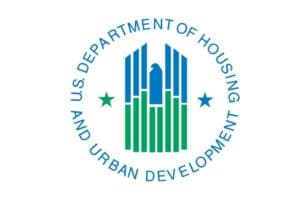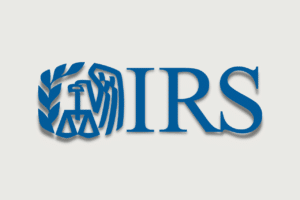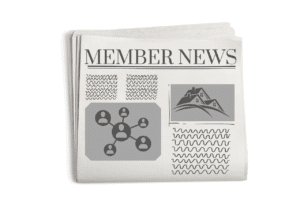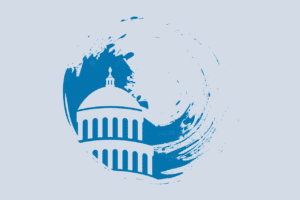Opportunity Zones

OZ Working Group Submits Letter to Trump Transition Team Urging Strengthening of OZ Incentive
A letter from the Novogradac Opportunity Zones Working Group to incoming President Donald Trump’s transition team and the nominee for deputy secretary for the U.S. Department of the Treasury calls for the Trump administration to consider regulatory and legislative efforts to enhance and reinforce the opportunity zones (OZ) incentive, including permanency.

HUD Updates Workbook to Determine Eligibility for RAD/Section 18 Construction Blend, OZ Rent Boost
HUD updated a workbook that allows public housing authorities (PHAs) to assess the eligibility of a proposed rehabilitation of a property for a Rental Assistance Demonstration (RAD)/Section 18 construction blend or an opportunity zones (OZ) rent boost.

IRS Announcement Confirms Boundaries of OZs Remain As-Is at Time of Designation
Announcement 2021-10 from the Internal Revenue Service confirms that the boundaries of Designated Qualified Opportunity Zones (OZs)were established at the time they were designated and are not subject to change from the 2020 decennial Census.

Novogradac Updates Mapping Tool to Show OZs with Boundary Changes
Novogradac updated its Opportunity Zones (OZ) Mapping Tool to indicate whether there are boundary changes to qualified OZ census tracts (QOZs) due to the 2020 Census, a change that will necessitate IRS guidance, since eligibility for the OZ incentive is based on 2010 census tract boundaries.

IRS Extends COVID-Related LIHTC, Opportunity Zones Relief
Internal Revenue Service Notice 2021-12 extends the temporary relief for qualified LIHTC projects. The 10 percent test for carryover allocations and the 24-month minimum rehabilitation expenditure period are extended until September 30. The deadline for income recertifications and compliance monitoring is extended until October 1 and the placed-in-service deadline is extended to December 31.

OCC Publication Focuses on Bank Investments in Opportunity Zones
The Office of the Comptroller of the Currency (OCC) published the latest edition of its Community Developments Investments newsletter, “Strengthening Communities With Opportunity Zone Investments.” This edition of Community Developments Investments explains how banks can support distressed communities by making investments in tax-advantaged qualified opportunity funds (QOF) as part of their community development strategies. For […]

Enterprise Plans Investment to Address Racial Inequities
Enterprise Community Partners Inc. announced Dec. 14 it will take part in a $3.5 billion, five-year initiative to counter racial inequities in housing. Enterprise said it will contribute $10 million in capital to seed a $350 million growth fund to attract an additional $3.1 billion for the Equitable Path Forward initiative.

GAO OZ Report: Improved Oversight Needed to Evaluate Tax Expenditure Performance
The U.S. Government Accountability Office (GAO) recently published a report on Opportunity Zones (OZ’s), which calls on Congress to consider providing Treasury with authority and responsibility to collect data and report on OZ’s performance.

Administration Touts Investments Created by Opportunity Zones
Opportunity Zones (OZ) led to Qualified Opportunity Funds raising $75 billion in capital by the end of 2019, according to a Council of Economic Advisers (CEA) report released on August 24.

IRS Publishes COVID-19 Relief for Opportunity Zone Funds and Investors
The Internal Revenue Service (IRS) released Notice 2020-39, providing guidance for investors in the Opportunity Zones (OZ) incentive in the wake of the COVID-19 pandemic. The guidance provides that taxpayers whose last day of the 180-day period to invest capital gains in a Qualified Opportunity Fund (QOF) falls on or after April 1, 2020, and before December 31, 2020, to postpone the last day to December 31, 2020

New House Bill Would Extend OZ Provisions
Congressman Denver Riggleman (R-VA) introduced The Opportunity Zone Extension Act (H.R. 6513) that would extend the Opportunity Zone (OZ) tax incentive from 2026 to 2030, giving more time and benefits for investors.

IRS Delays Opportunity Zone Investment, LIHTC Deadlines Due to COVID-19
The Internal Revenue Service issued Notice 2020-23, providing additional relief to taxpayers affected by COVID-19. Among other things, the notice automatically extends the 180-day deadline to invest capital gains in a Qualified Opportunity Fund to July 15 for taxpayers with a deadline between April 1 and July 15. While the notice does not specifically reference any Housing Credit or Housing Bond deadlines, it applies the July 15 deadline to all time-sensitive actions included in IRS Revenue Procedure 2018-58, which includes numerous deadlines related to these programs.